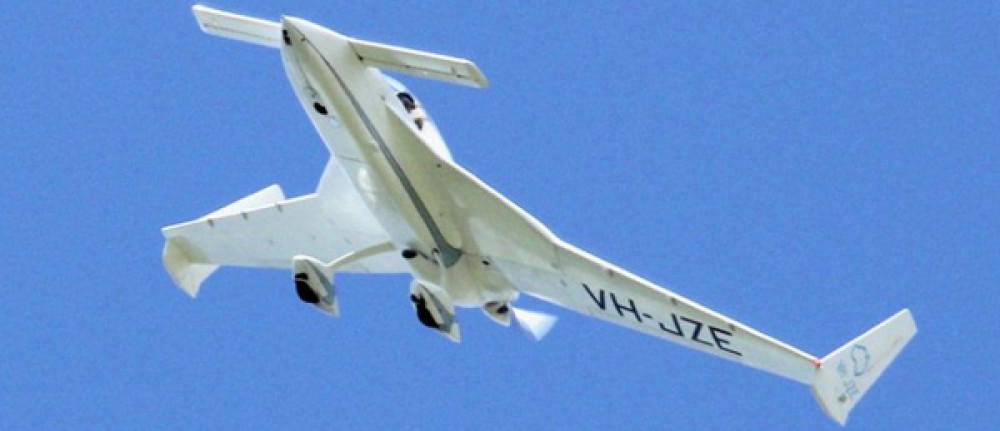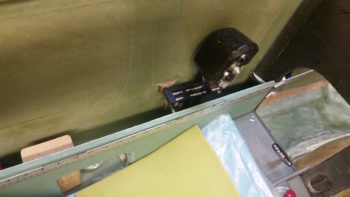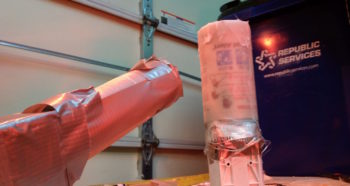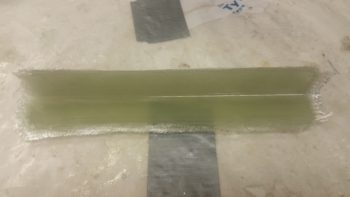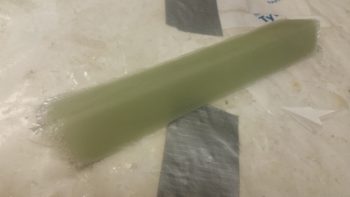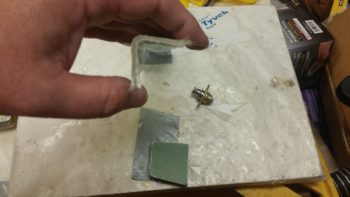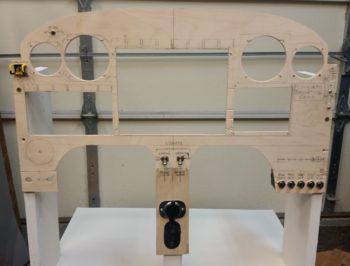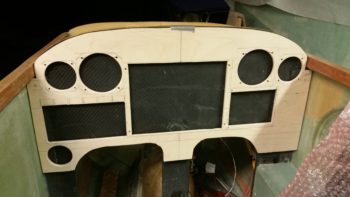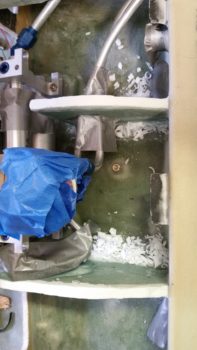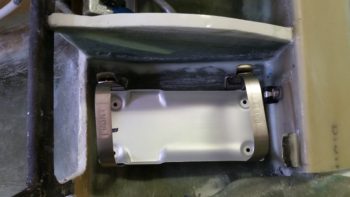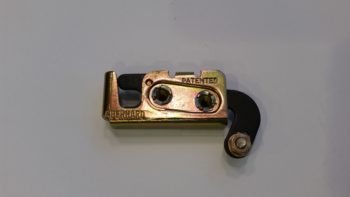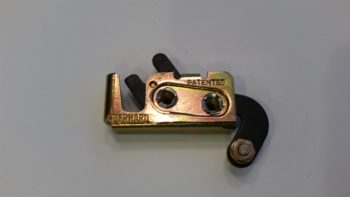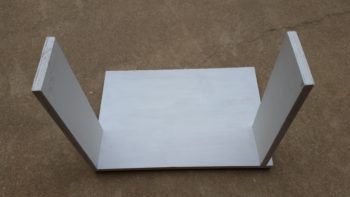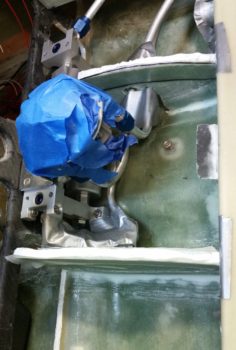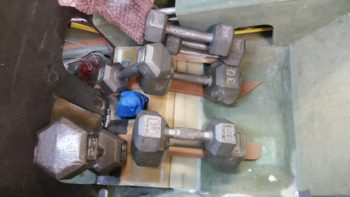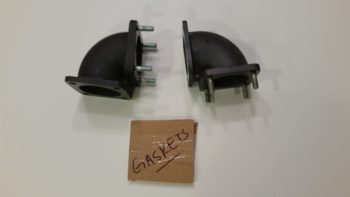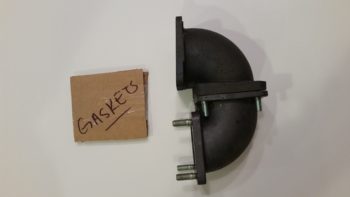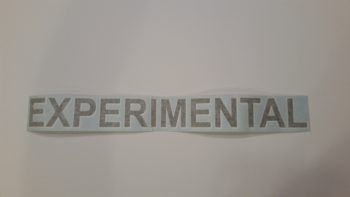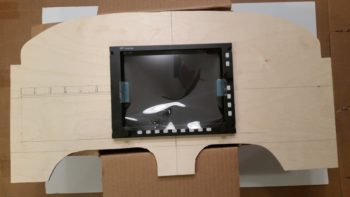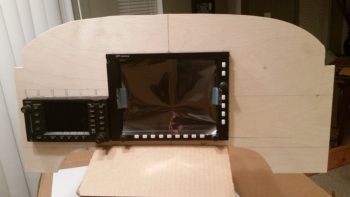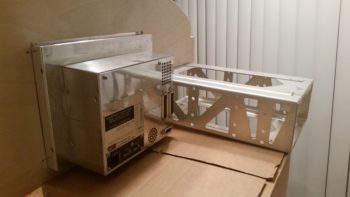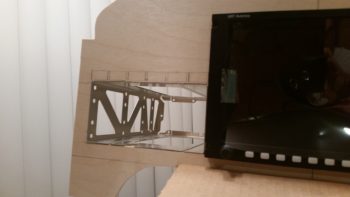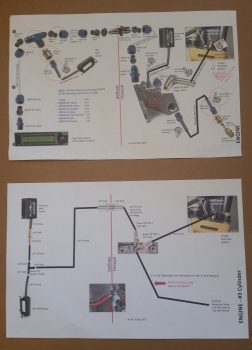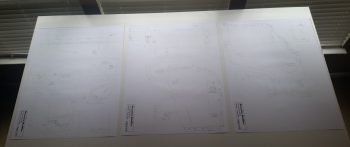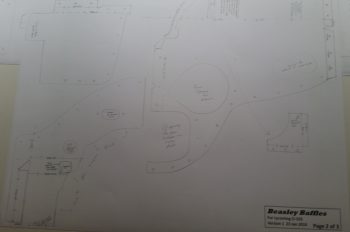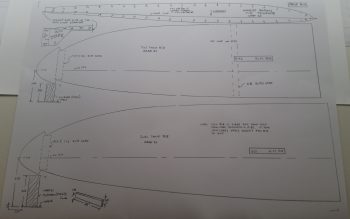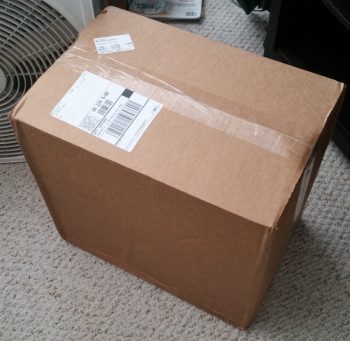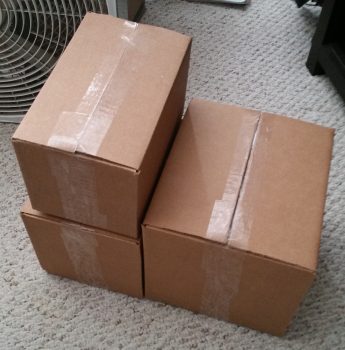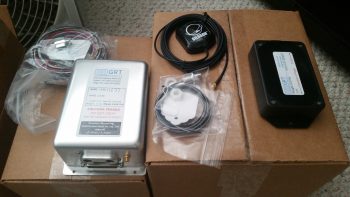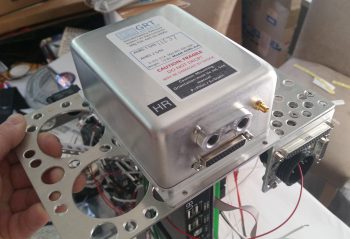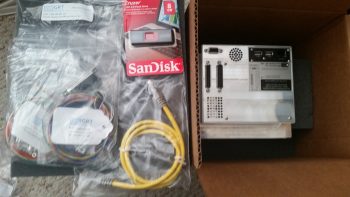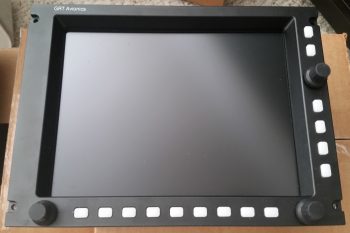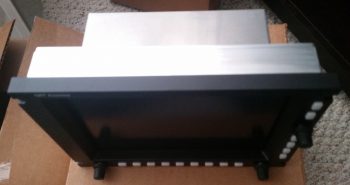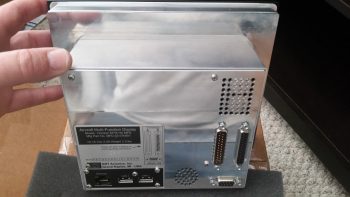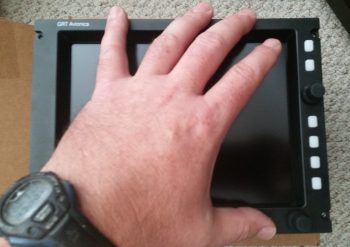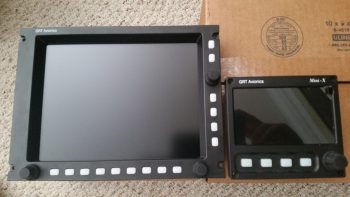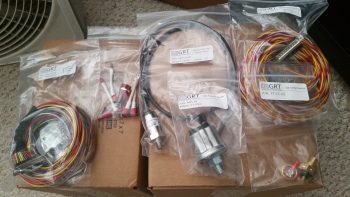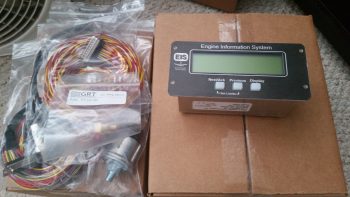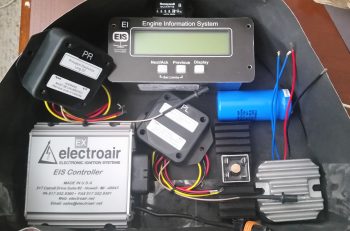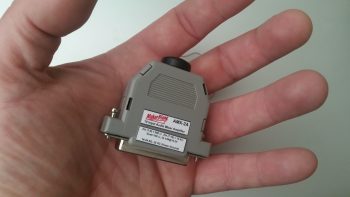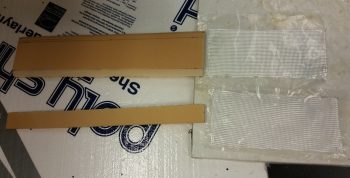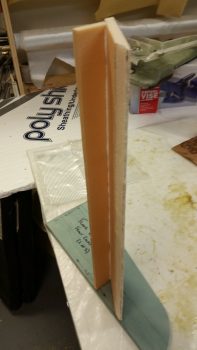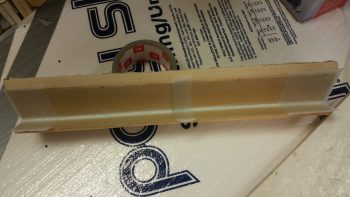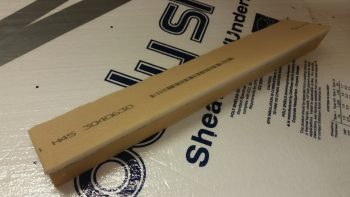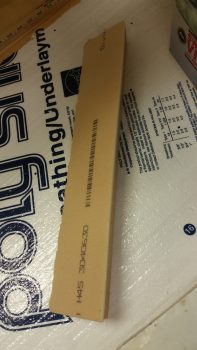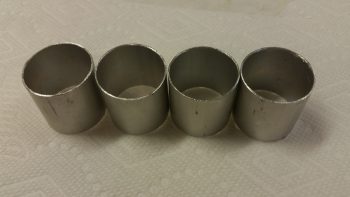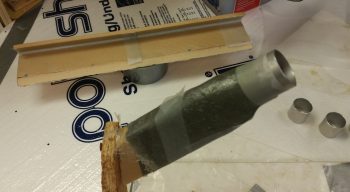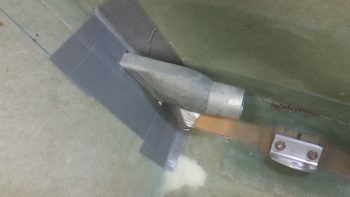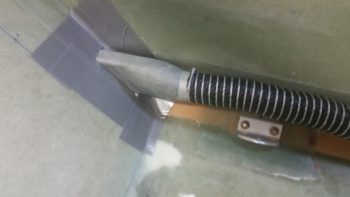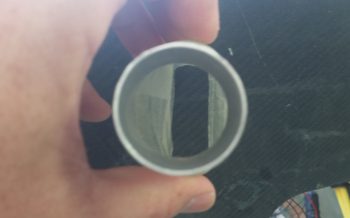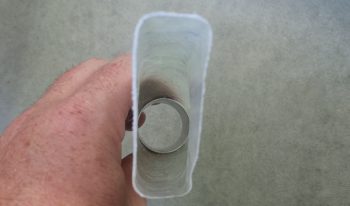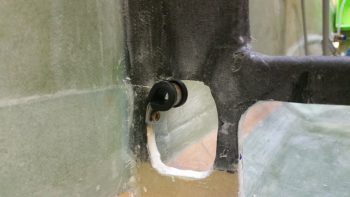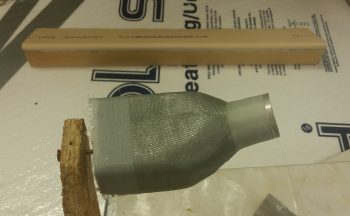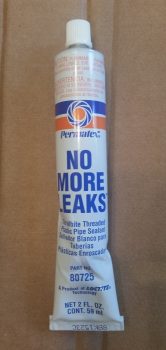As I mentioned yesterday, today was not only all about planning, but probably even more so about research.
Yes, I went down a few rabbit “trails” lets call them, since they weren’t overly exhaustive on time, to verify some of my checklist item entries in regards to the specific equipment I’m using. For example, I’m using the SilverHawk Fuel Injection servo, so I pulled the manual out on that to see how it states the engine starting sequence should be conducted. I also bounced the book answer off what my notes said from many pilots who are flying this fuel injection system in the real world.
Some of my research found updated manuals that now require a different installation configuration that what I had originally had identified. The example here would be the ElectroAir (“Jeff Rose” or “SDS” style) electronic ignition. When I first started the manual stated to use either a fuse or a circuit breaker. However, the latest manual version states explicitly to use circuit breakers. Not a big deal (always a bit more $$ though), but my wiring diagrams depict these circuits using fuses. Thus, I fired off an email to ElectroAir to confirm this info, and included another couple of questions on starting procedures as well.
Alas, I did spend a couple more hours tweaking the HXr-based checklists. Working on the HXr these few hours over the last couple of days has also given me a much better feel for the switchology and flow of this EFIS. In fact, so much so that it drove me to make some decisions to remove a remote switch control that I originally put in place when I was considering the older HX EFIS, and/or also an HXr that was non-touchscreen. The switch function I removed was the HXr Page Flip function. In addition, I have some ideas on what to backfill the open positions on my throttle handle 5-position castle switch, but will need some time to research those out as well.
These mini-mods on my system is exactly why I wanted to get the panel mocked up outside the airplane. which then allows me to work it through a shakedown cruise of sorts to better refine component/switch placement and cockpit management long before the panel is ever mounted into the actual cockpit. With each new install of a planned component, switch or software feature, it really does flush out these integration issues and often drives some minor changes for a much better operational flow.
I’m very much a believer in task efficiency in the cockpit to minimize what could really be classified as burdensome or unnecessary processes if we take a hard honest look at them. To be really honest, when I see a question asked on how make a cockpit task much simpler, with an old skool response of just mask the deficiency by adding it the checklist (because ALL pilots follow the checklist!… it would be sacrilegious not to!), I find it a lazy response and it personally disgusts me. Cobble a number of these laissez faire implemented processes together, and I’ll give you a needlessly task-saturated pilot who is spending more time reading a uselessly bloated checklist and not doing what he should be: flying his plane. Am I wrong? Sadly, I would say that many NTSB reports will show that I’m not. So… I’ve had a lot of very in-depth discussions on this topic with a lot of builders & pilots, specifically Marco and Dave B. I consider myself fortunate in that these discussions and collaborations often highlight areas that I have been able to optimize even further.
As for my task planning, honestly I’m a bit further behind then I wanted to be on that. I was planning to have it knocked out during my time away, and did scrub a couple old task/goal lists that I have, but the new one is still in its nascent stage. I do plan on getting that done tomorrow, but I will get some shop time in as well!
